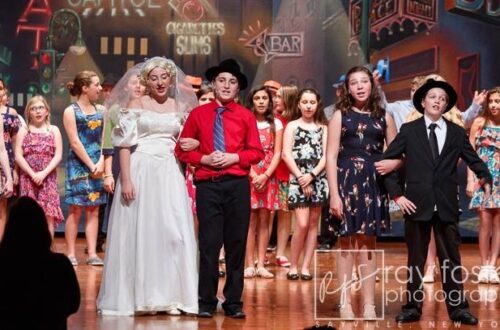
Children: The Backbone of Letter Writing
Although Expistilorary Explorations have been fascinating, the historical letters can be very depressing. Working with the illustrated letters this week was refreshing because it showcased them as an art form. In The Day the Crayons Quit, letters are used as a storytelling device for the crayons to share their opinions on their child’s coloring skills. The story was adorable and a great way to introduce children to letters and their use as a form of peaceful protesting. I used to babysit for my next-store neighbors, and I remember reading the book to him and then getting a fountain of questions thrown at me: Are my crayons going to quit? Are they going to leave me letters? Do they like writing letters? Can I use my crayons to write my letter to Santa Claus? Etc.
Although this is just the normal brain of a five-year-old for a moment, I was fascinated by it, which is when I realized that this five-year-old probably writes more letters than most people my age. Given the way technology has advanced, letter writing, which one may consider to be favored by older generations, is dominated by children. Think about the most often written letters. Of course, war correspondence will always be high; however, thank-you notes and letters to Santa are also written year after year despite technology advancing. Their consistency throughout time indicates that children are what keep letter writing alive. Children have less access to technology, so they must seek other forms of communication. Although parents today might pretend to have Santa call the kids, most children still write letters to Santa with their Christmas wishlist to ensure they get the presents they want. Also, most parents (at least mine did) still make their children write thank you notes to family members for gifts to teach them good etiquette. Adults don’t like writing letters. They like telling children to write letters. As if the adults had met their life quota and now felt they were no longer obligated to write letters. If that’s the case, then so be it. It would be awesome if we left letter writing to the children. It would be an excellent way for them to form their ideas on paper but be able to take time to think before doing. I can’t wait to see what children will do with the future of letter writing, and I am so thankful there are books that allow them to explore this valuable form of communication.




